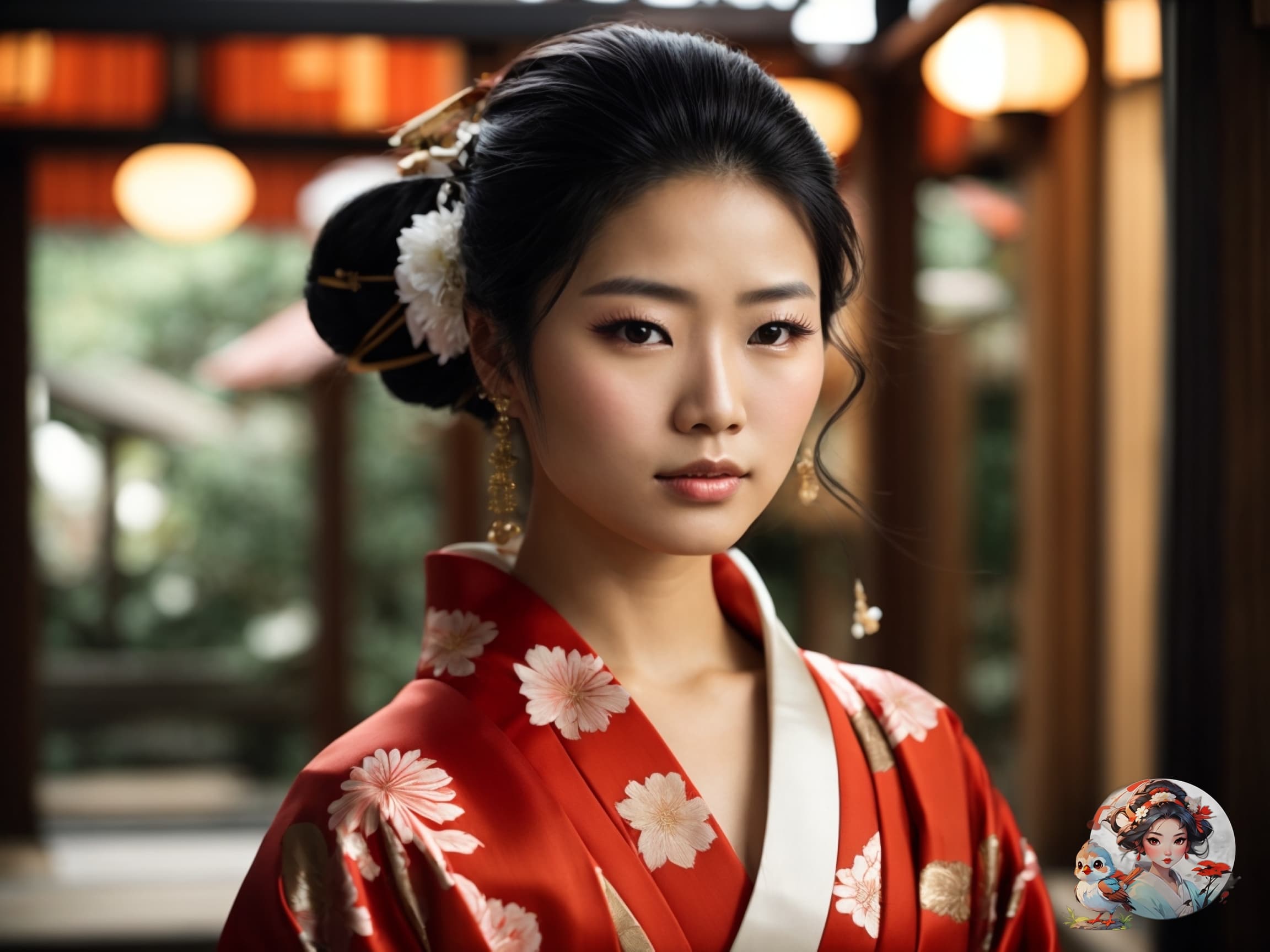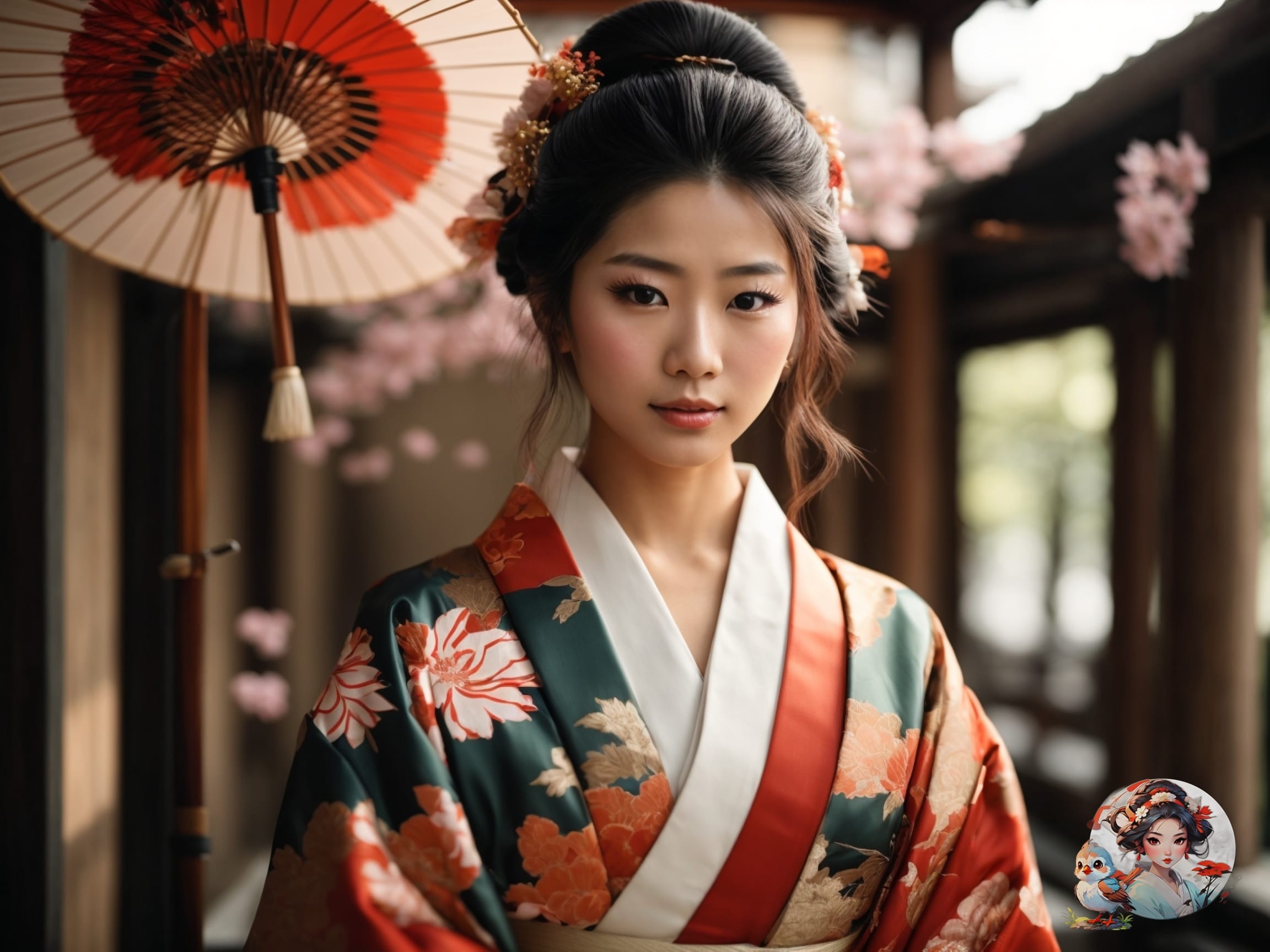Exploring the world of Japanese beauty reveals a treasure trove of time-honored practices and revered traditions. From carefully crafted skincare rituals to hair care techniques and bathing customs, these traditions offer a glimpse into the ethereal radiance and timeless elegance associated with Japanese beauty.
As we delve into the intersection of fashion and inner beauty, it’s fascinating to uncover the underlying philosophy that guides these ancient yet timeless practices.
What are the secrets behind the harmonious blend of artistry and practicality that define the essence of Japanese beauty? Let’s unravel this enigma and discover the profound impact of these practices on holistic well-being.
Table of Contents
ToggleJapanese traditional skincare techniques focus on natural remedies and time-honored methods to achieve a radiant complexion. Cleansing techniques are carefully designed to remove impurities, while moisturizing with rice bran oil deeply nourishes the skin. Shiro Nuka, the germ and bran of Japanese rice, provides essential nutrients and exfoliation, and Azuki bean enzymes gently remove dead skin cells for a glowing complexion. Hydrating facial masks further enhance the skin’s natural beauty.

Japanese skincare also emphasizes sun protection through the use of seaweed powder for hair care, and advocates for sun protection through apparel, nutrition, and sunscreen. By embracing these techniques, one can attain and sustain healthy, luminous skin naturally.
Japanese traditional skincare techniques have long been admired for their focus on natural remedies and time-tested methods to achieve a glowing complexion. Now, we shift our focus to natural hair care ingredients. In Japan, DIY hair masks are a popular choice for nourishing and revitalizing hair.
Natural hair remedies often include ingredients like camellia oil, seaweed extract, and rice water, known for their ability to strengthen and add shine to the hair. Camellia oil is particularly praised for its deep conditioning and hair growth promotion. Seaweed extract is used for its moisturizing and strengthening properties, while rice water is valued for its ability to improve hair elasticity and reduce surface friction.
These natural ingredients form the foundation of Japanese hair care, offering a holistic and effective approach to maintaining lustrous and healthy hair.
Japanese bathing practices have been a vital part of beauty and wellness traditions for centuries. They involve soaking in hot spring baths, known as onsen, which are believed to promote relaxation, relieve muscle tension, and improve circulation. Herbal bath remedies like yuzu and yomogi are often added to baths for their aromatic and therapeutic qualities, nourishing and rejuvenating the skin.
These time-honored rituals not only cleanse the body but also nurture the mind, promoting a sense of tranquility and overall well-being. This integral part of Japanese culture plays a pivotal role in the pursuit of beauty and vitality, contributing to overall health and vitality.
Japanese tea is well-known for its rich history and cultural significance, and it offers a wide range of health benefits that have captured the interest of wellness enthusiasts around the world. The Japanese have perfected the art of cultivating and consuming tea, resulting in a variety of tea types such as matcha, sencha, genmaicha, and hojicha, each with its own unique health properties.
The traditional Japanese tea ceremonies, known as chanoyu or sado, take a holistic approach to wellness, emphasizing mindfulness, tranquility, and the therapeutic effects of tea consumption. Scientific research indicates that Japanese teas are abundant in antioxidants, particularly catechins, which can support heart health, enhance metabolism, and strengthen the immune system.

Moreover, the ritual of preparing and savoring Japanese tea promotes relaxation and mindfulness, contributing to overall mental and emotional well-being.
The concept of elegance in fashion and beauty in Japan combines traditional customs with modern beauty ideals, creating a unique and graceful aesthetic. Kimono fashion, known for its timeless elegance and cultural significance, is central to Japanese beauty perception. The art of dressing in a kimono reflects a harmony between traditional aesthetics and modern sophistication, embodying poise and grace.
This attire not only exudes external beauty but also captures the feminine ethos, emphasizing the significance of inner beauty and self-expression. Japanese beauty perception integrates a deep sense of cultural heritage with contemporary notions of style and grace, showcasing the seamless blend of tradition and modernity.
Cultivating inner beauty is a key part of Japanese beauty philosophy, which focuses on developing one’s character and demeanor in a holistic way. The Japanese believe in nurturing the mind and spirit to achieve true beauty. This involves embracing self-care practices like meditation, yoga, and mindfulness techniques to attain inner harmony. The art of mindfulness is deeply ingrained in Japanese culture, encouraging individuals to be present in every moment and find beauty in simplicity.
By incorporating self-care rituals into daily life, individuals can cultivate a sense of tranquility and balance, which radiates outward, enhancing their overall beauty. The Japanese approach to inner beauty goes beyond physical appearances, prioritizing mental and emotional well-being. How can we adopt these principles into our own lives to achieve a more holistic sense of beauty and well-being?
The Japanese beauty philosophy is centered around inner harmony and mindfulness, shaping their approach to beauty and well-being. Emphasizing beauty from within, Japanese beauty rituals focus on holistic practices that promote physical, mental, and spiritual well-being. This philosophy is reflected in skincare rituals, bathing traditions, and dietary habits, all aimed at nourishing and balancing the body from the inside out.

For example, proper cleansing techniques, hydrating facial masks, herbal baths, and a balanced diet are key elements of Japanese beauty practices. By prioritizing self-care and mindfulness, the Japanese seek to cultivate a harmonious and radiant self from within, resulting in a healthy and glowing exterior.